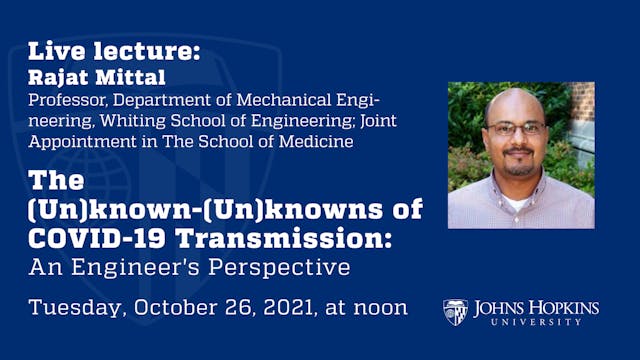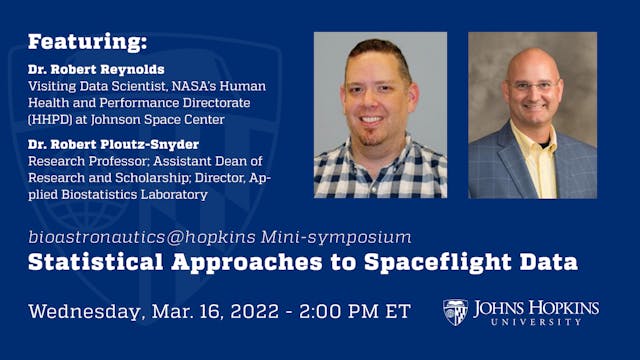The Hidden Lives of Environmental Microbes
Science, Engineering, & Technology
•
51m
Did you know that the second largest source of biomass on the planet after plants is microorganisms? Too small to be seen with the naked eye, microorganisms and their unique capabilities make them a critical component of how ecosystems function. DNA sequencing, the technology that allowed us to sequence the human genome, can be applied to environmental microorganisms to reveal the diversity of different types and their unique capabilities, compared to other organisms, that have otherwise been difficult to observe and study. In this session, we will explore what makes microorganisms so special, how we apply DNA sequencing technology to study these organisms, and how understanding microbial diversity and function through DNA sequencing could be used to predict the ecosystem response to climate change and remediation efforts, such as in the Chesapeake Bay.
Up Next in Science, Engineering, & Technology
-
The (Un)known-(Un)knowns of COVID-19 ...
COVID-19 spread across the world with a speed and intensity that laid bare the limits of our understanding of the transmission pathways of such respiratory diseases. After much confusion and misinformation, there emerged a consensus that airborne transmission from very small respiratory droplets ...
-
Statistical Approaches to Spaceflight...
From the bioastronautics@hopkins Mini-Symposium. Speakers include Dr. Robert Reynolds, current visiting data scientist at NASA’s Human Health and Performance Directorate, and Dr. Robert Ploutz-Snyder, Assistant Dean of Research and Scholarship, at the University of Michigan School of Nursing. Plo...
-
Space for All – Opening Spaceflight t...
Hopkins at Home and Bioastronautics @ Hopkins, introduced and moderated by Dr. Mark Shelhamer (Director of the JHU Human Spaceflight Lab). This session will focus on making space travel inclusive for people with disabilities and features Dr. Sheyna Gifford, Sarah Hasnain, and Dr. Bonnielin Swenor...



